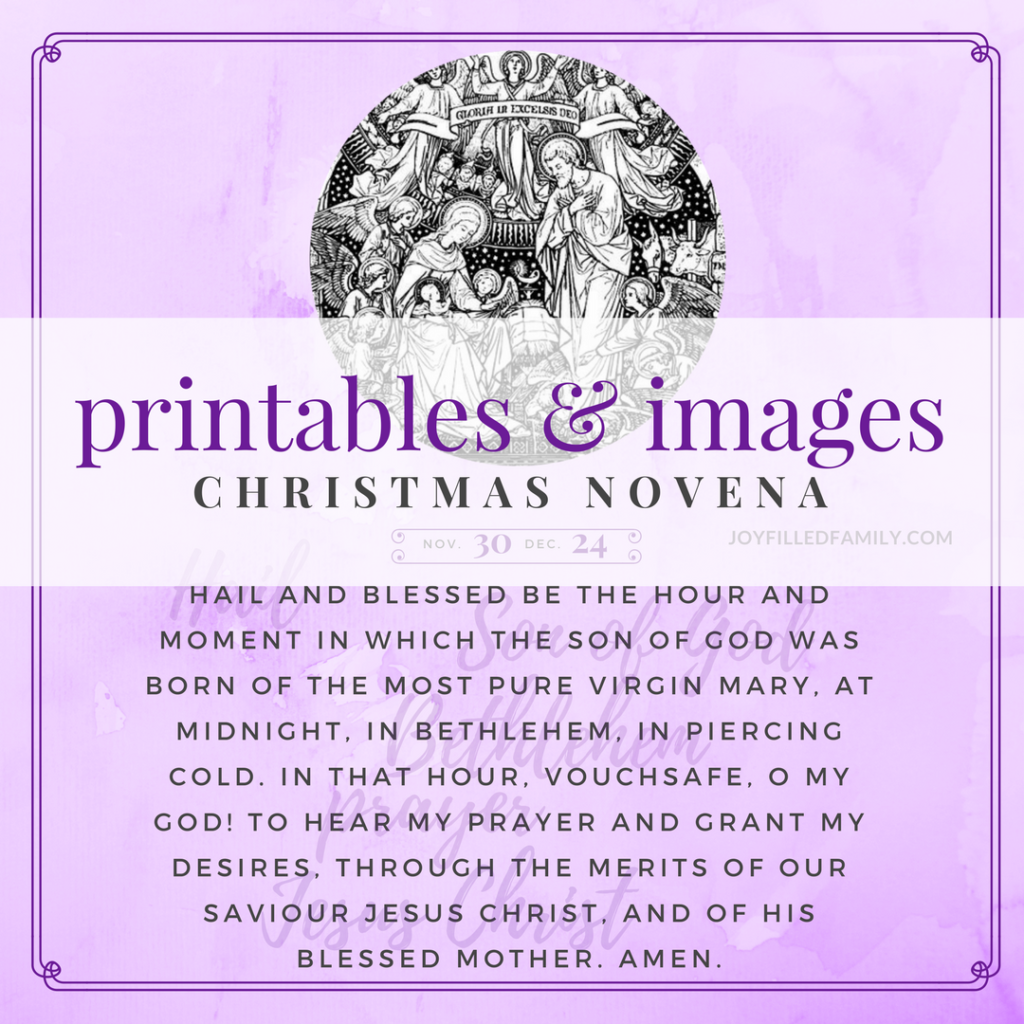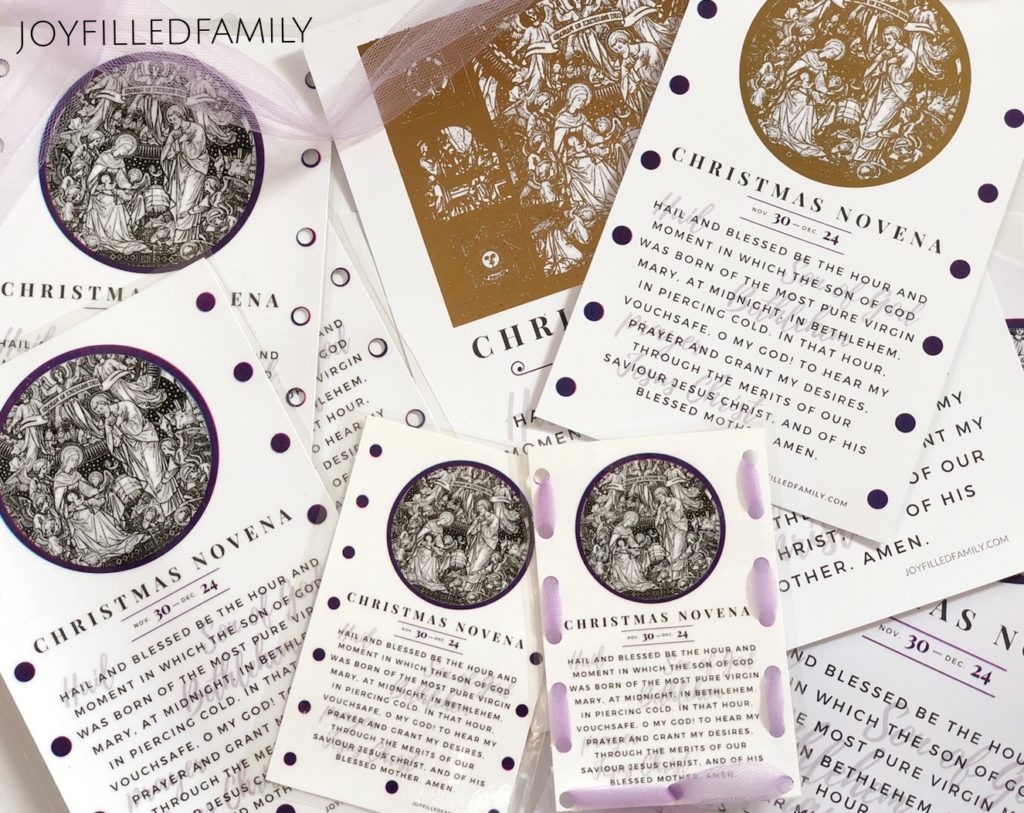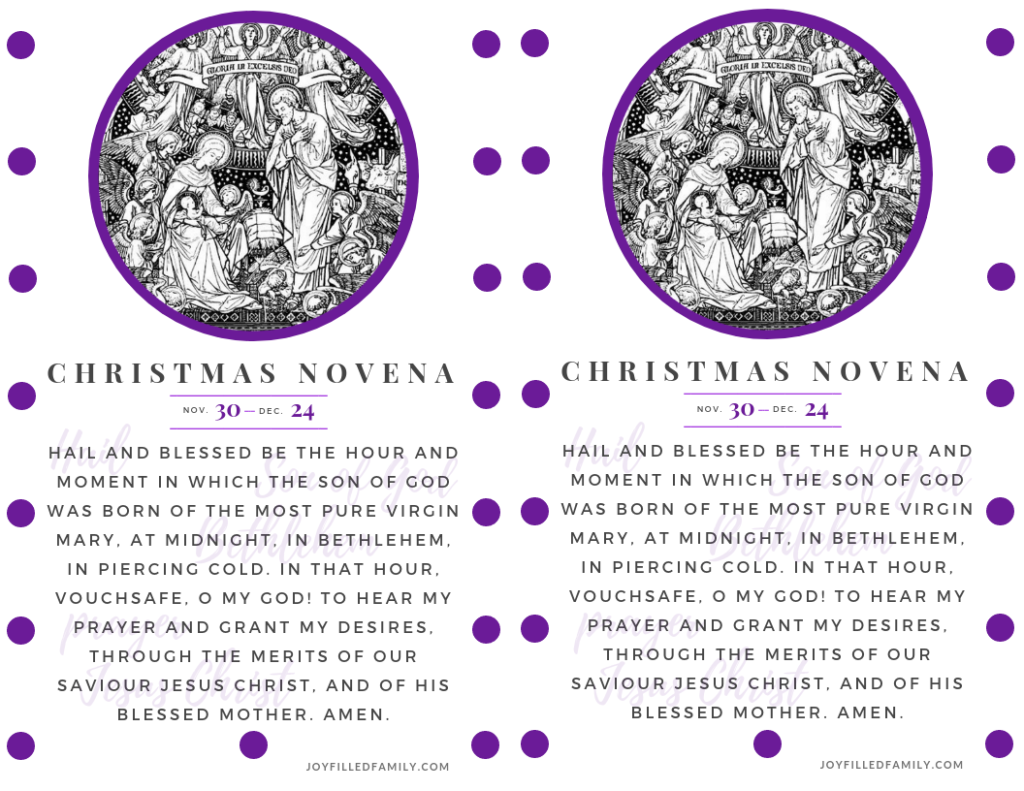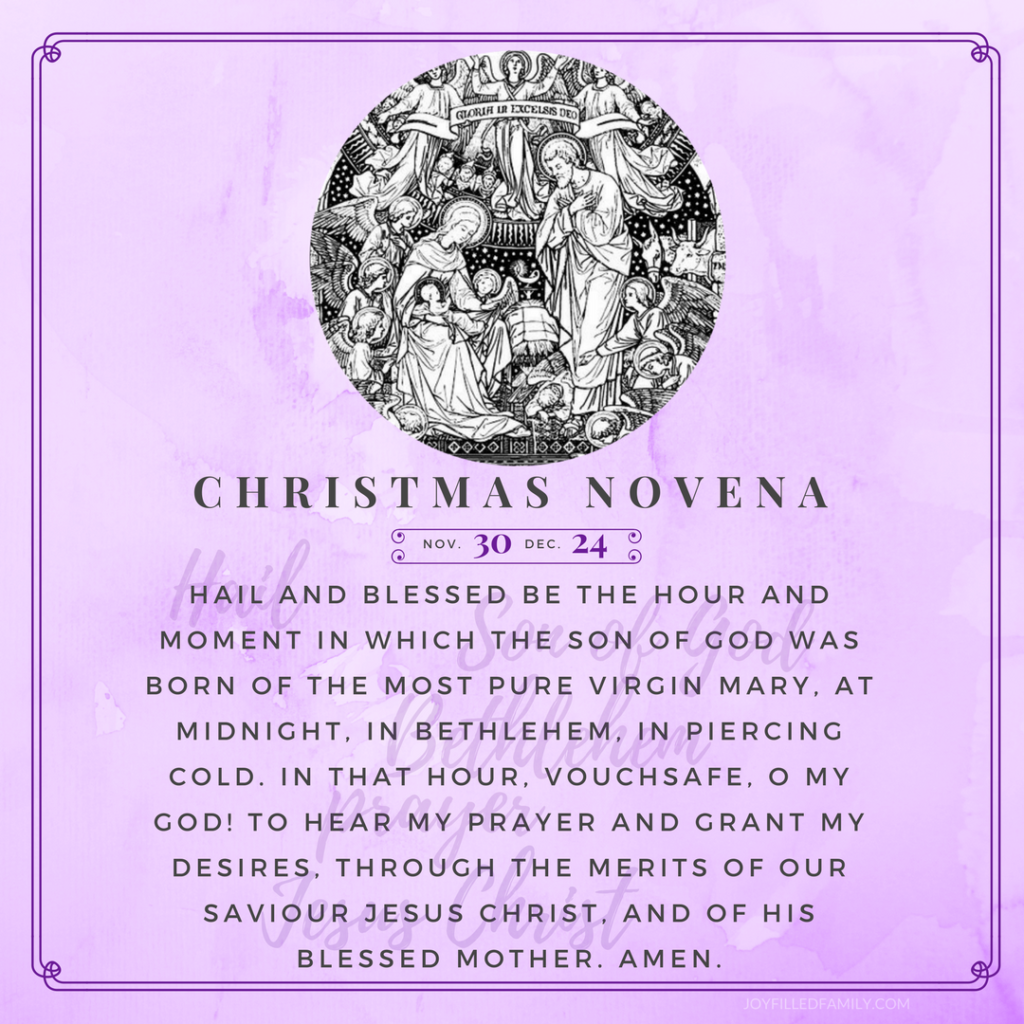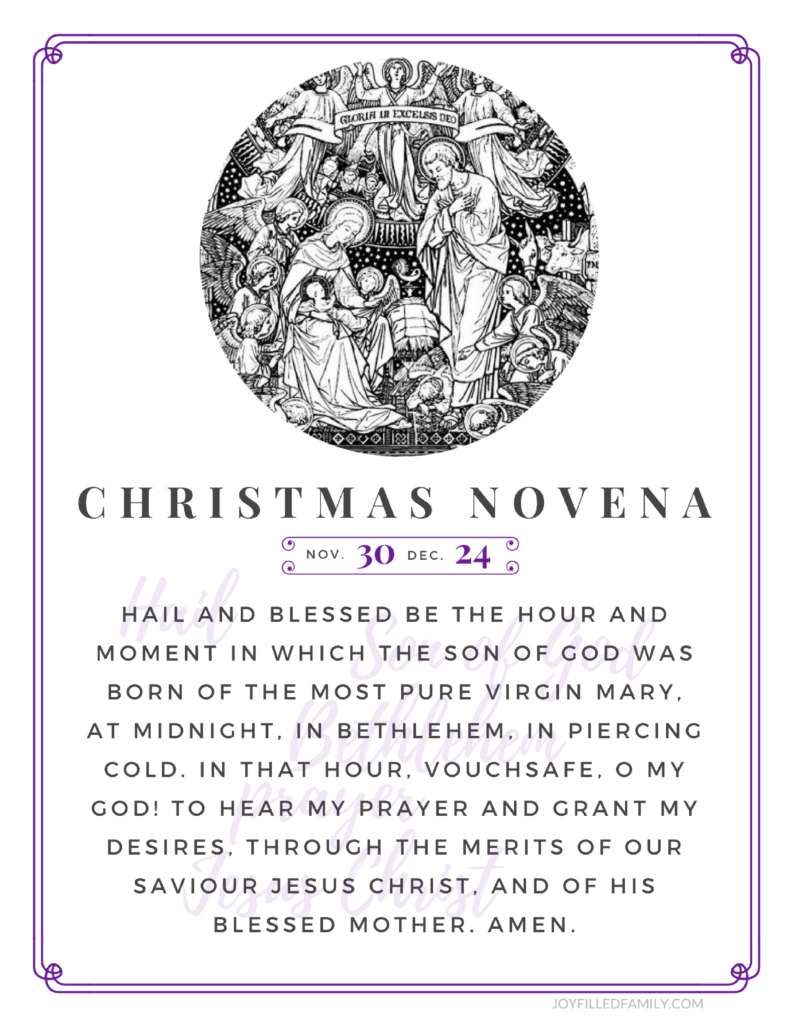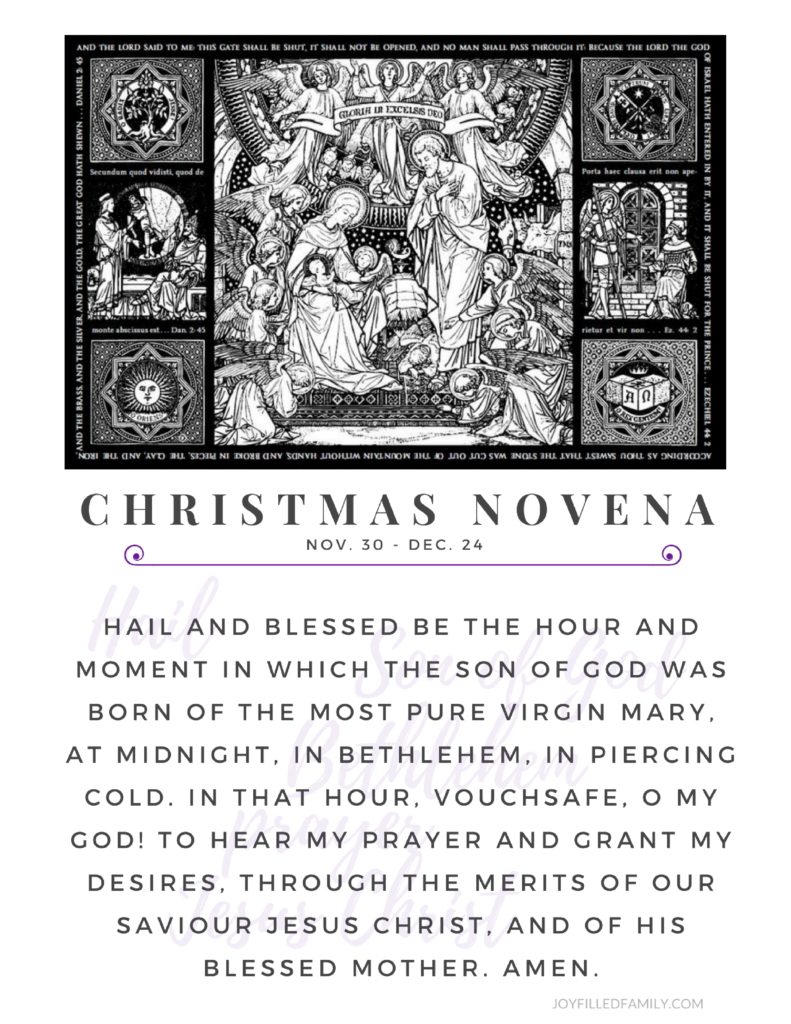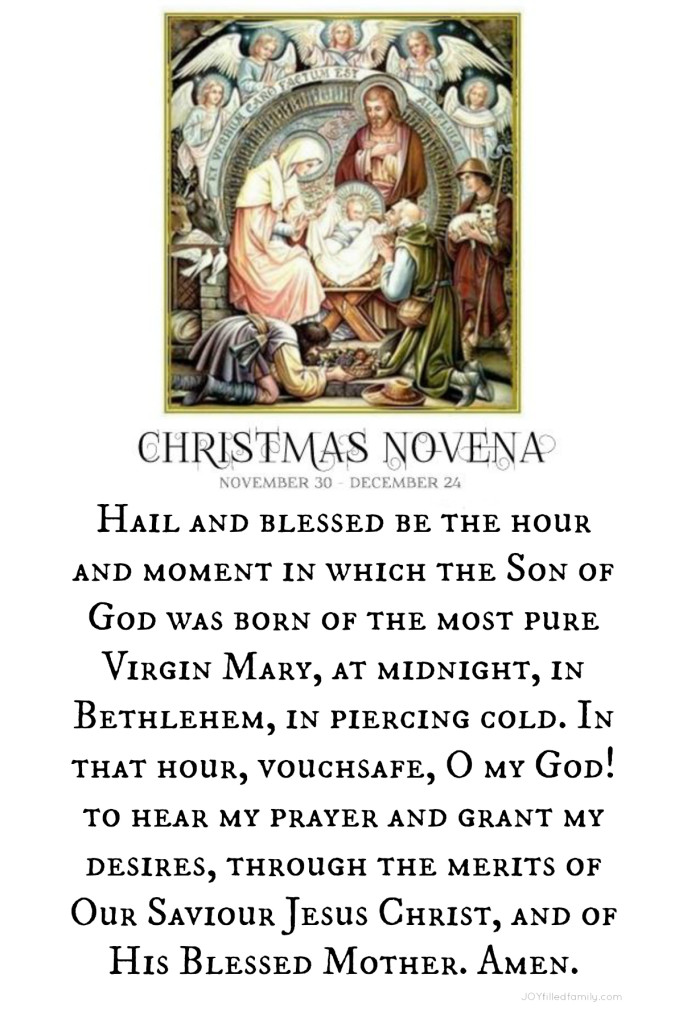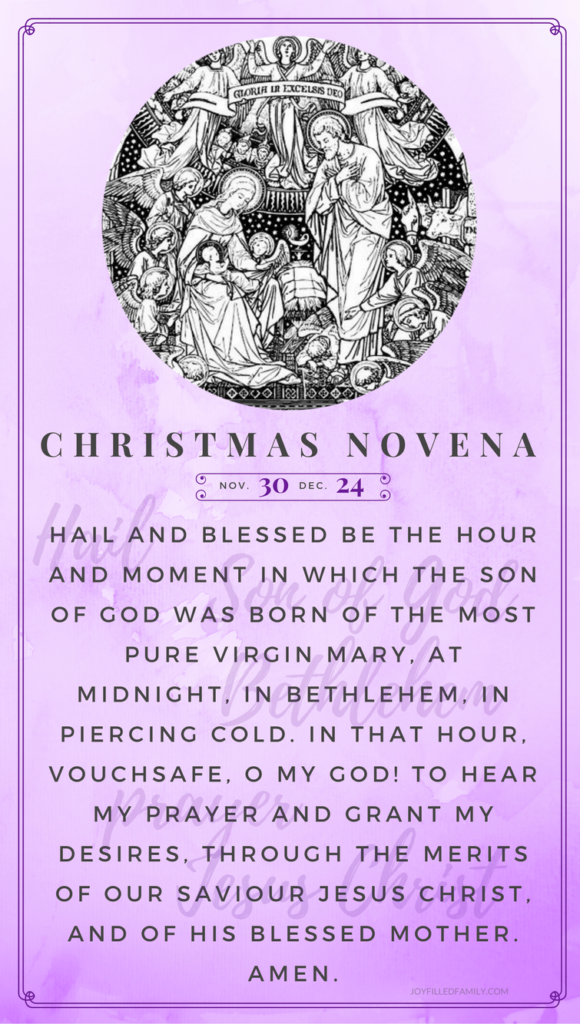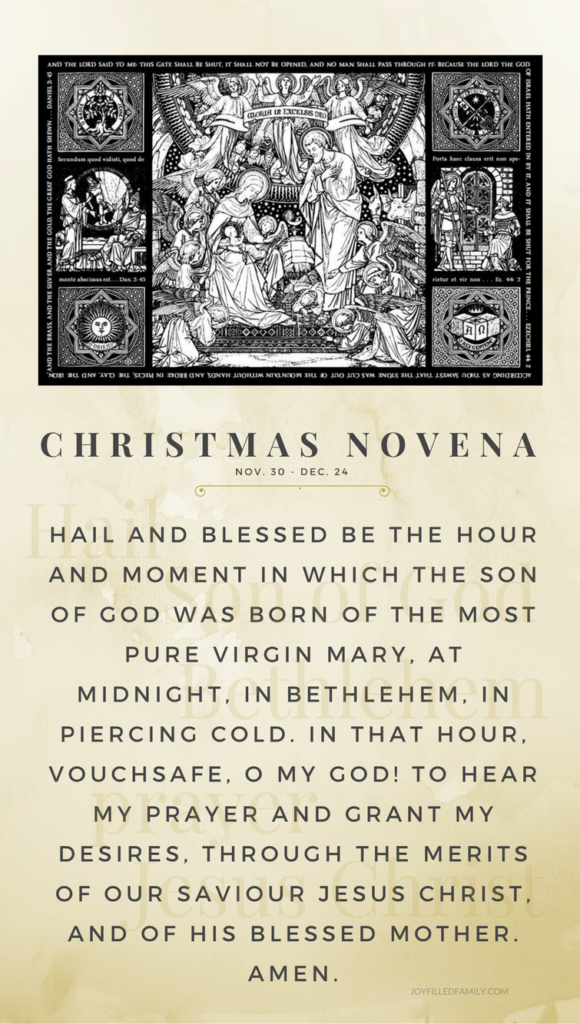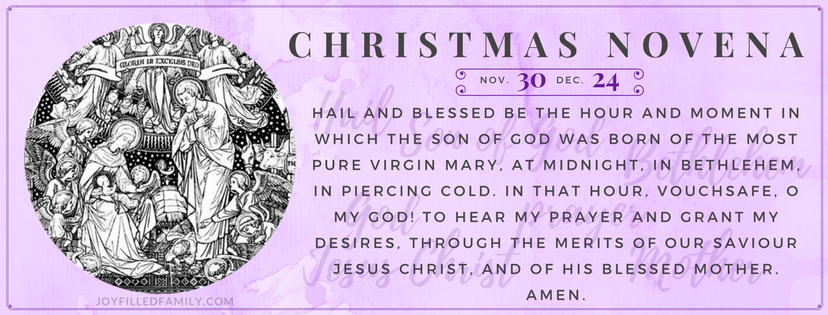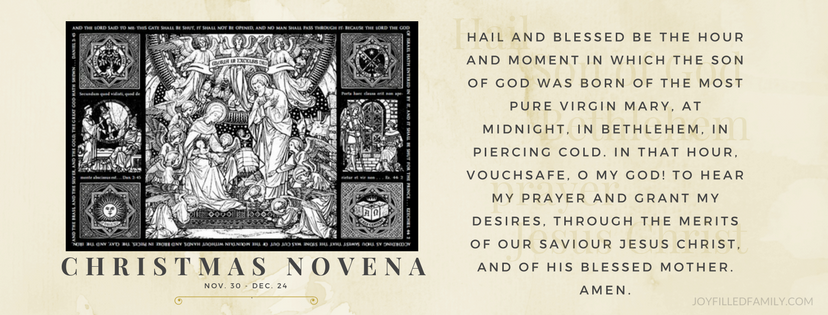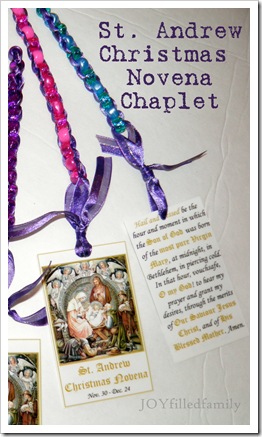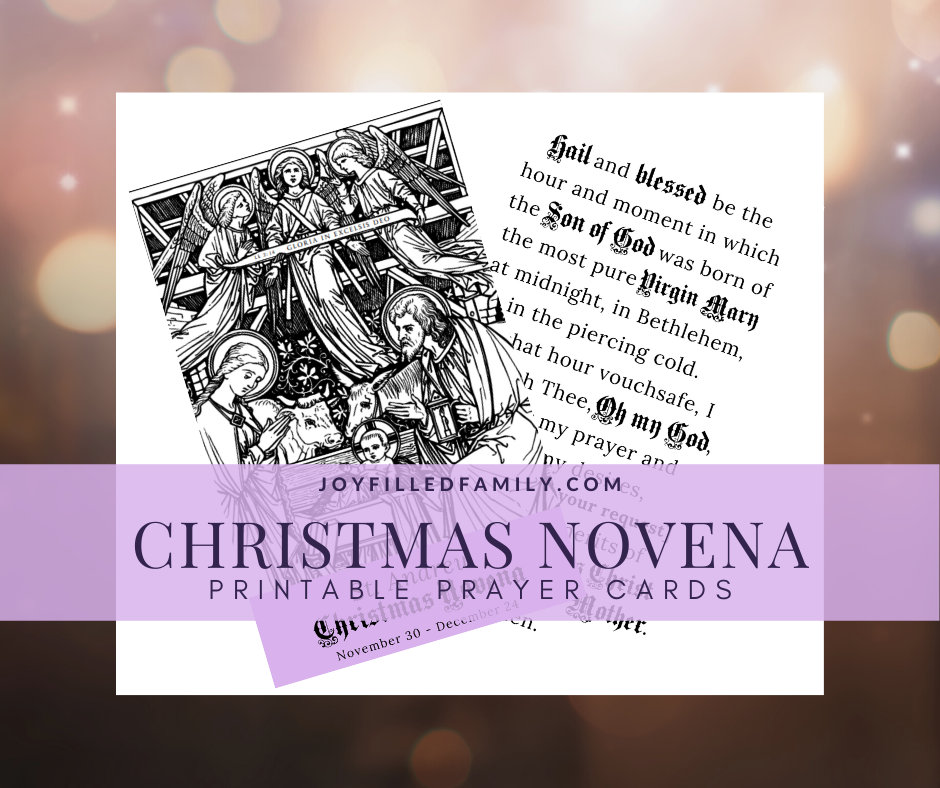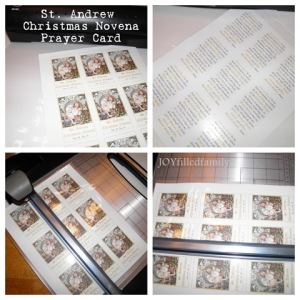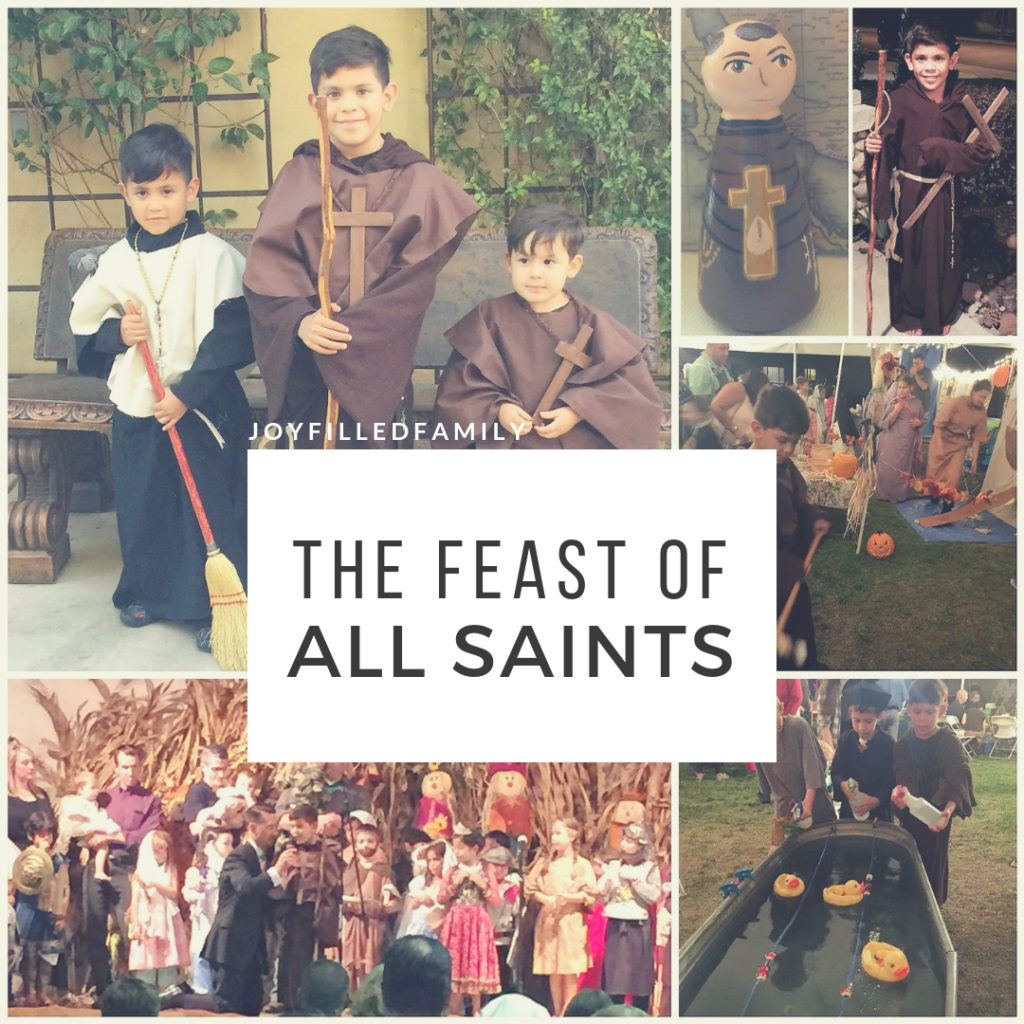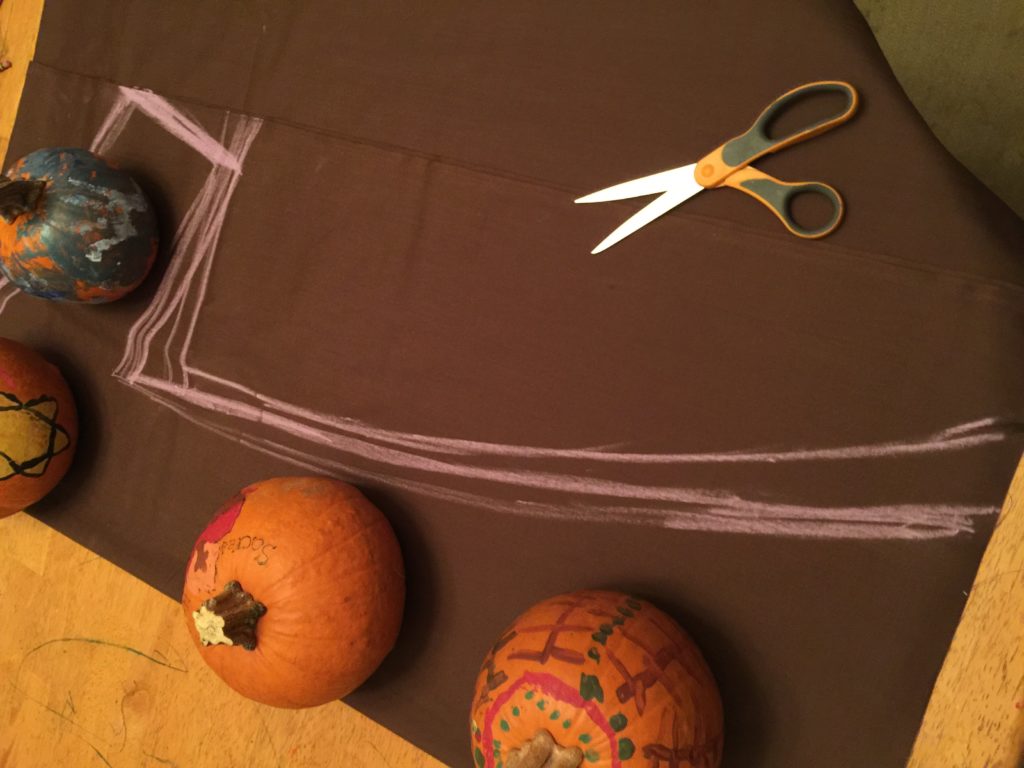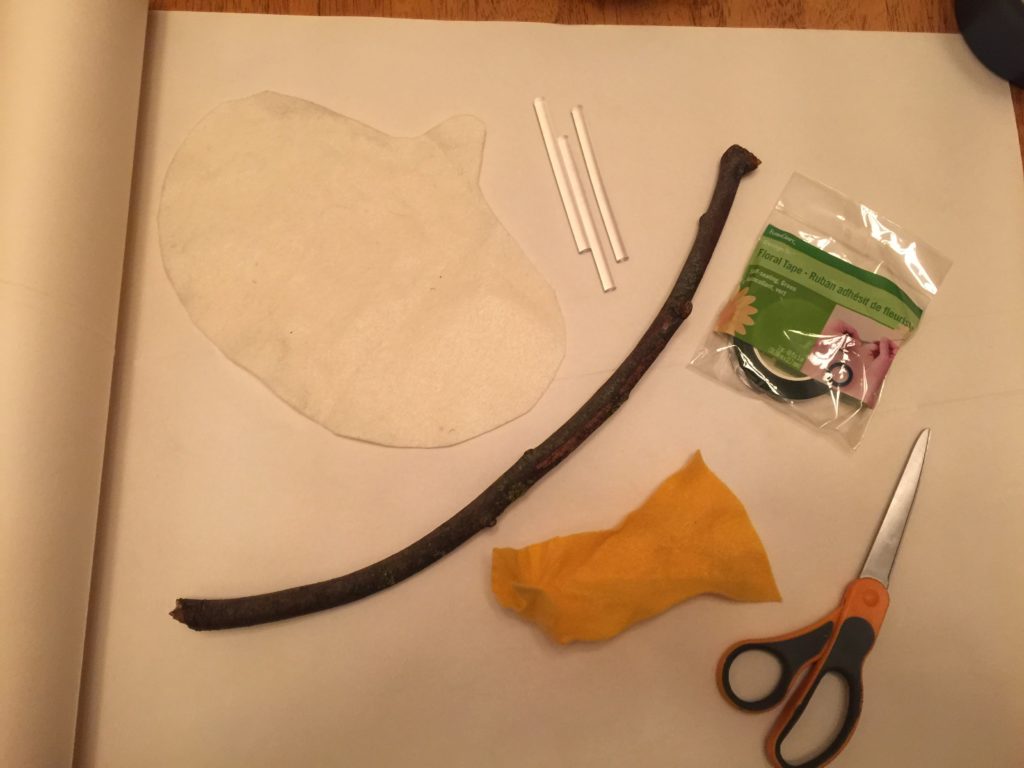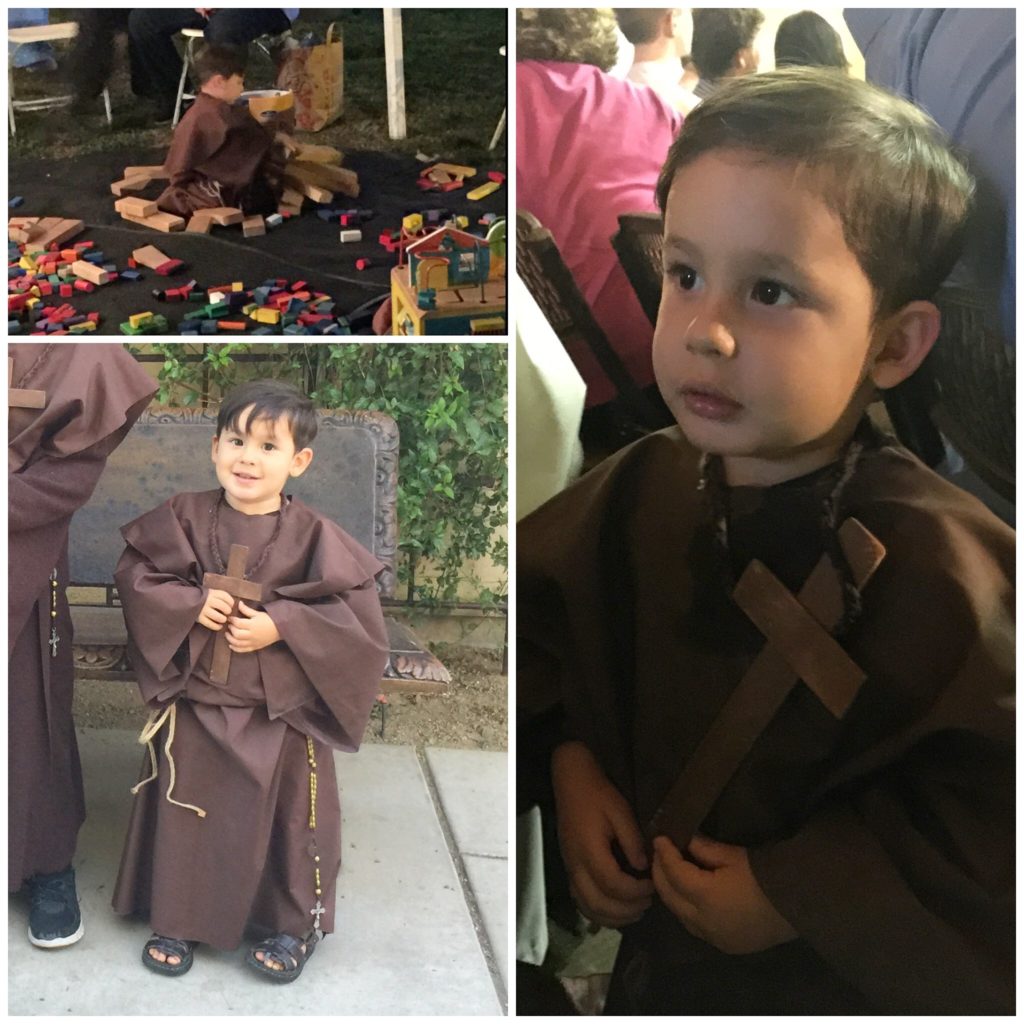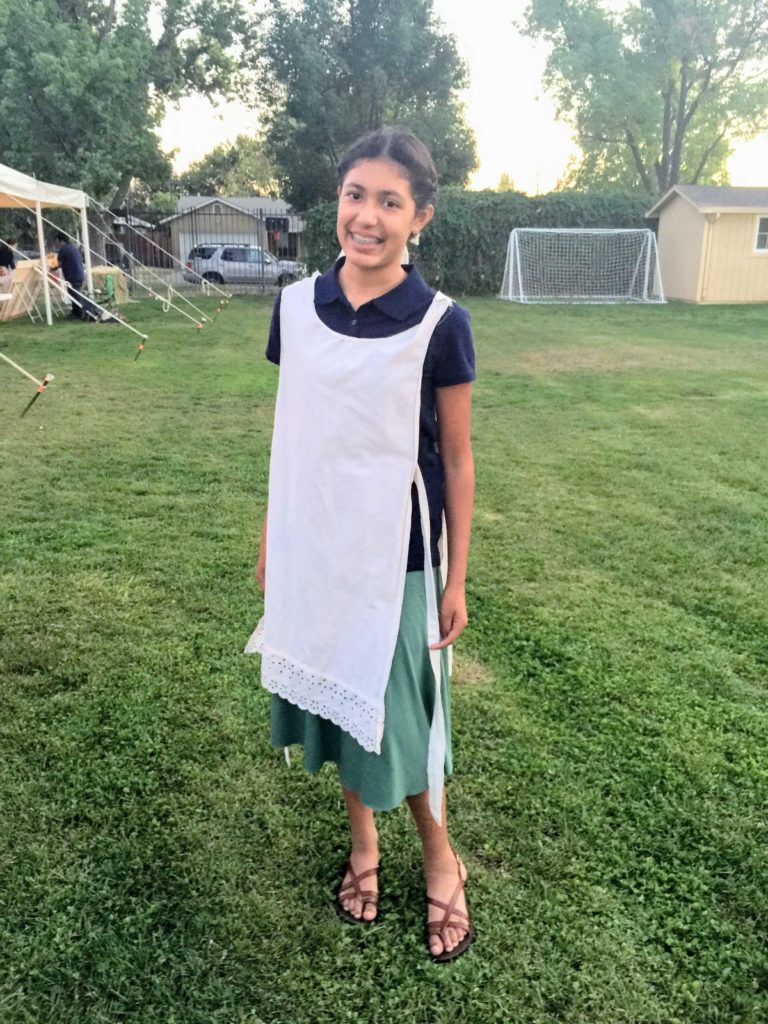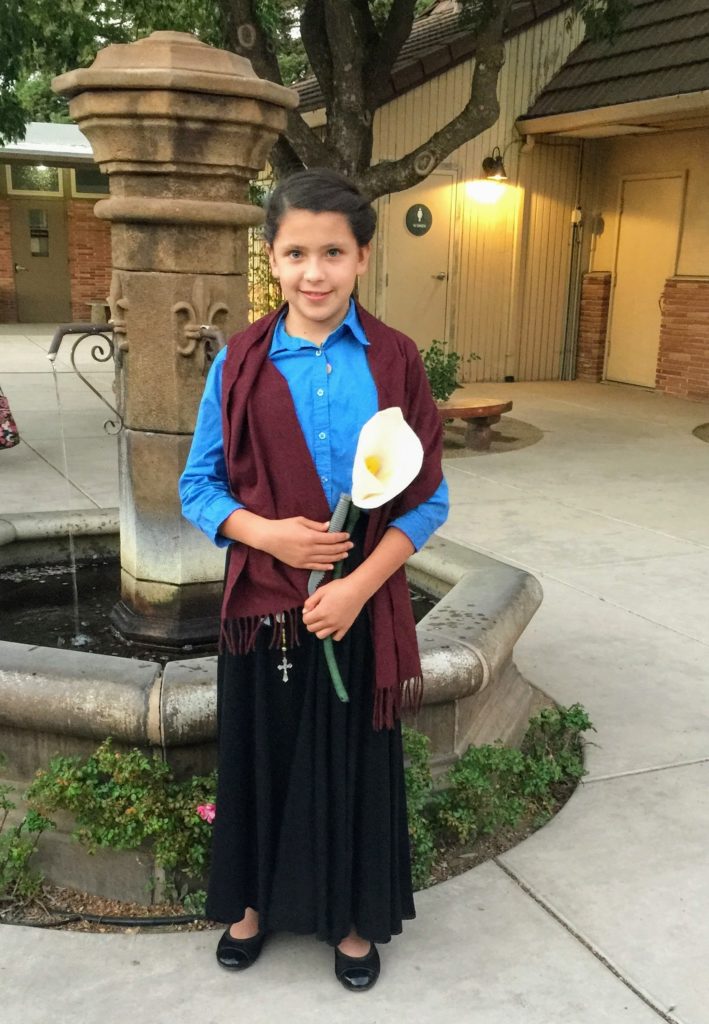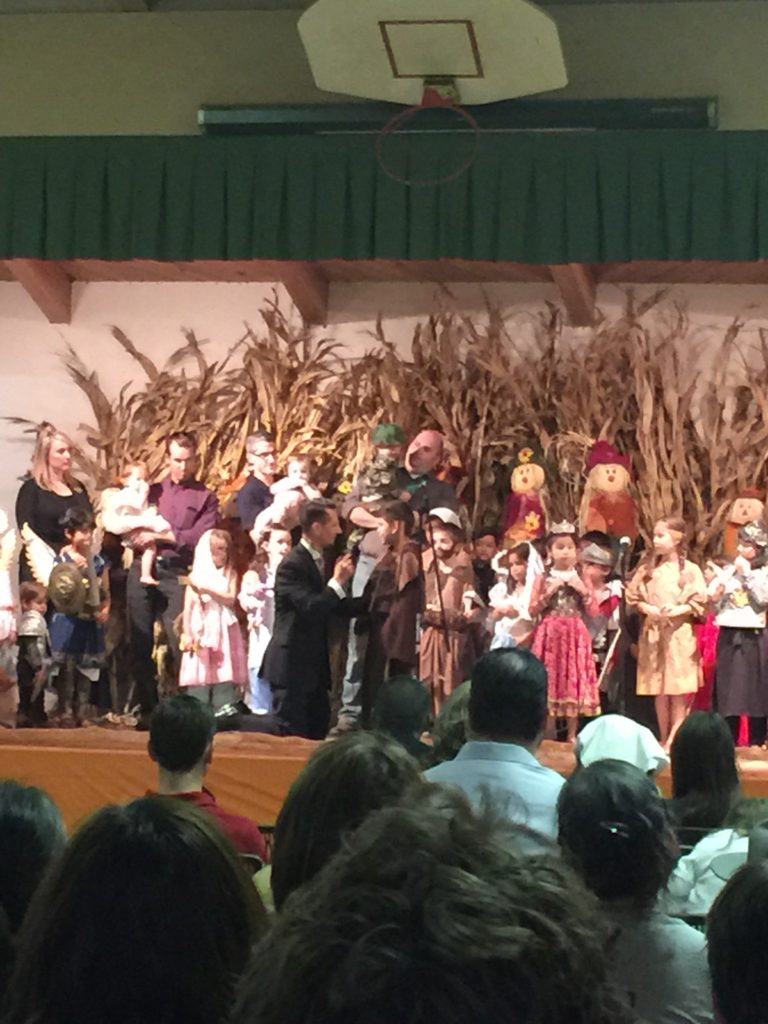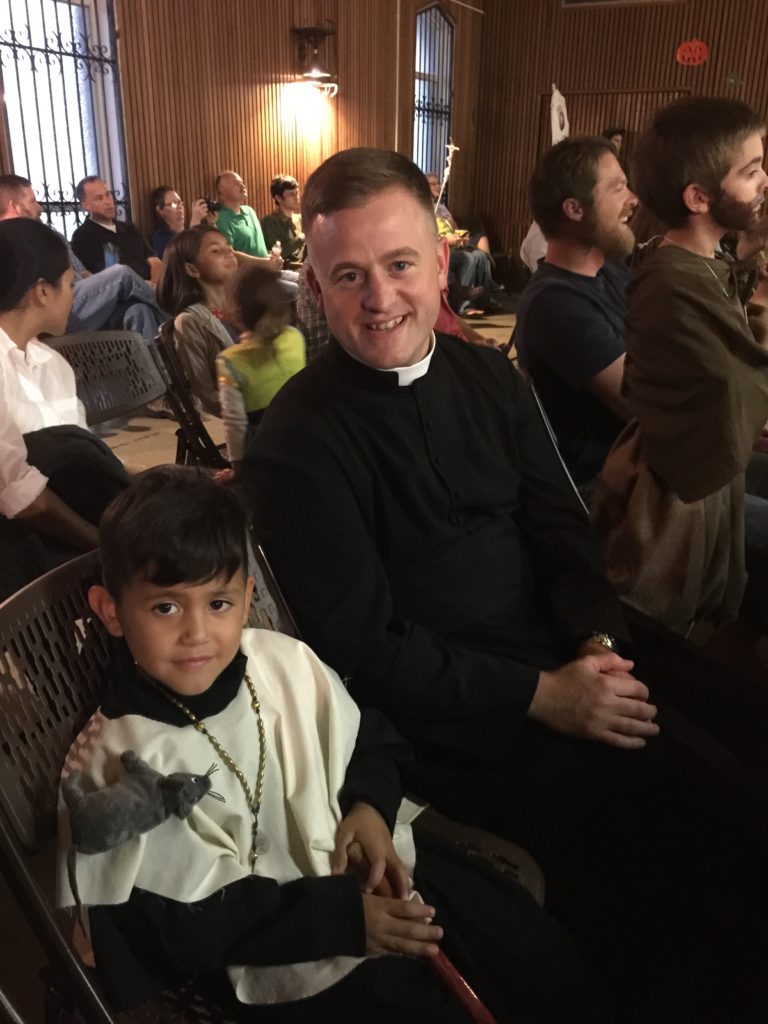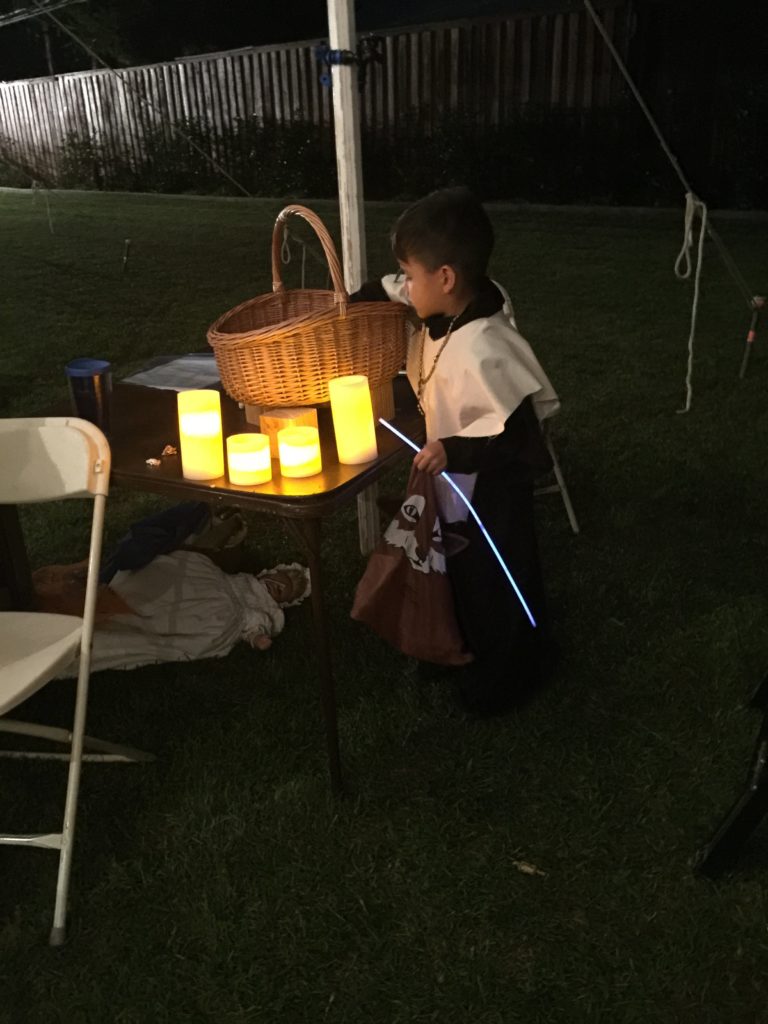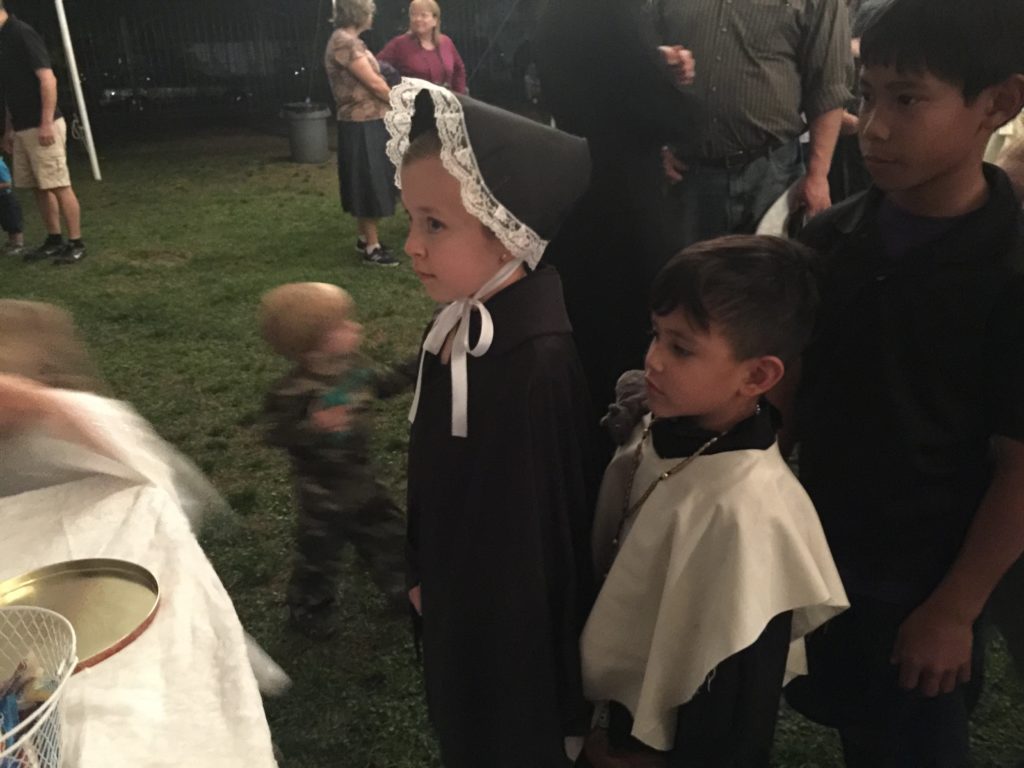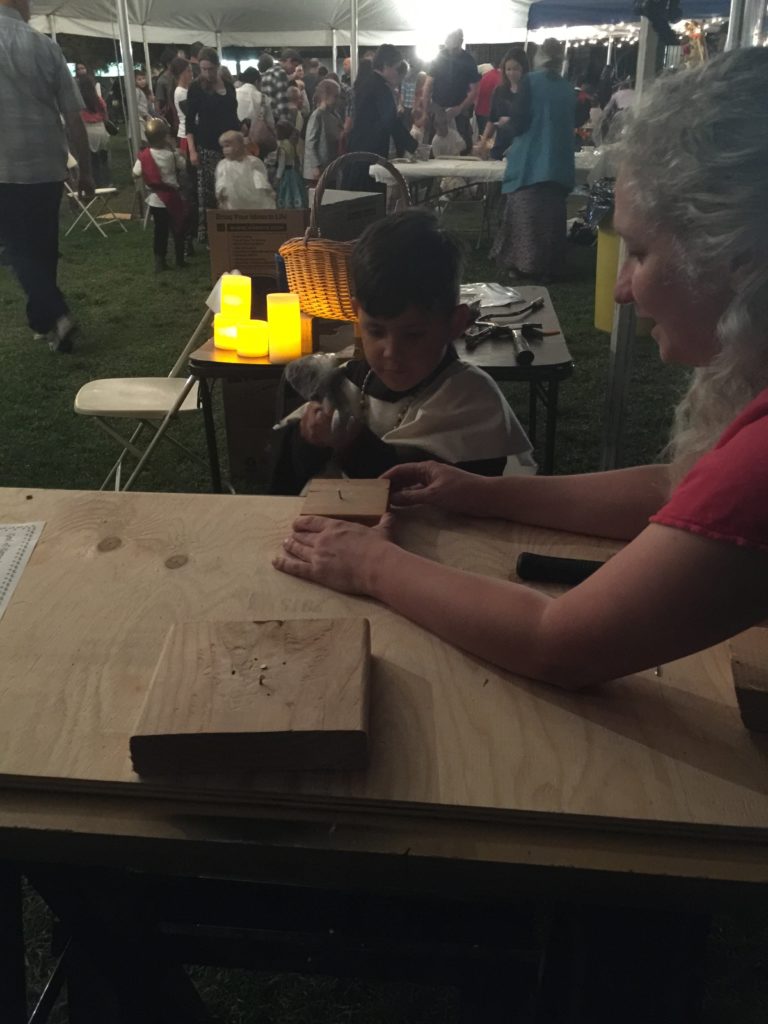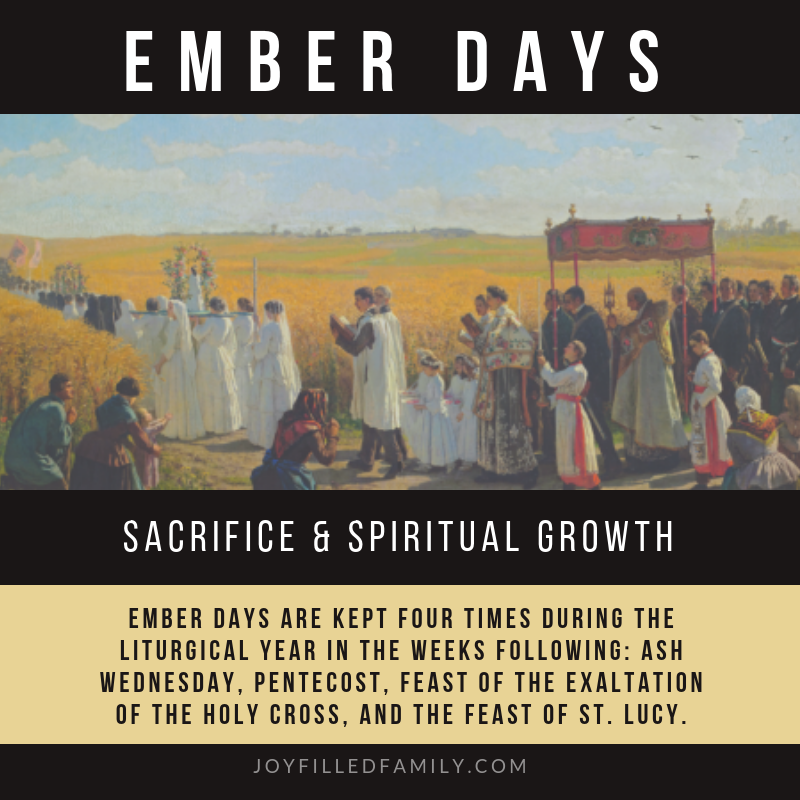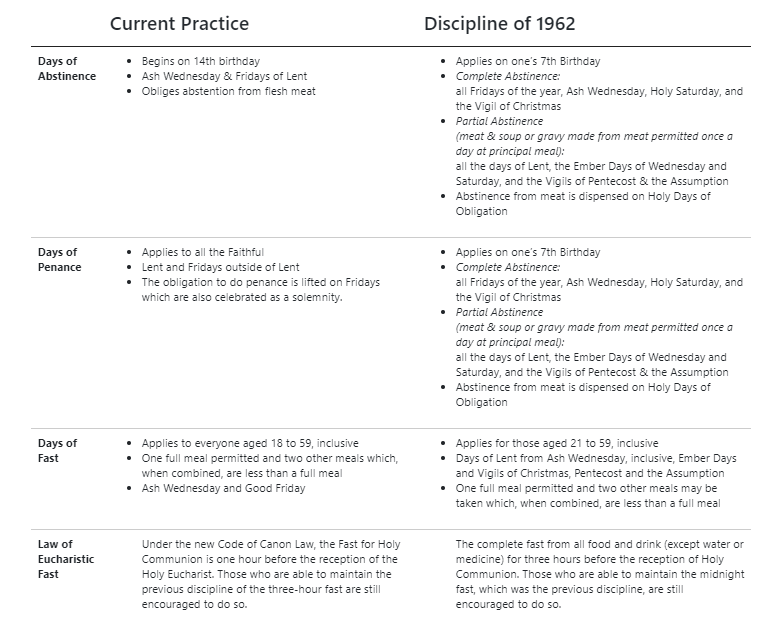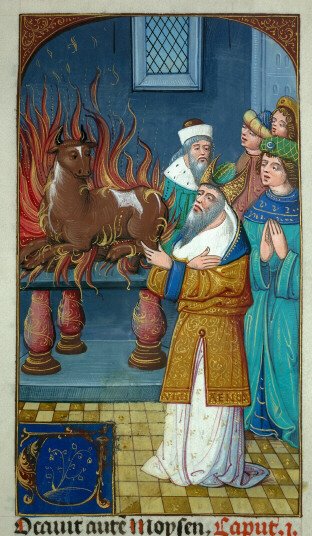Praying the {St. Andrew} Christmas novena is a vital part of my family’s Advent plans as we observe a “mini Lent.”
It is piously believed that whoever recites the below prayer fifteen times a day from the feast of St. Andrew (30th November) until Christmas will obtain what is asked.
St. Andrew Christmas Novena
Hail and blessed be the hour and moment in which the Son of God was born of the most pure Virgin Mary, at midnight, in Bethlehem, in piercing cold. In that hour, vouchsafe, O my God! to hear my prayer and grant my desires, through the merits of Our Saviour Jesus Christ, and of His Blessed Mother. Amen.
Imprimatur +MICHAEL AUGUSTINE, Archbishop of New York, February 6, 1897
This year we will be using a new Novena tool for my littles, Christmas Novena Lacing Cards. Actually, all my boys (11 years down) want one of their own to follow along.
They’re super simple to make and interactive to help keep them engaged. The traditional image displayed was selected for its beautiful classic imagery so that their hearts and mind can best help them meditate on the Nativity.
- Print your Christmas Novena Lacing Cards
- Cut
- Color image (optional)
- Laminate
- Punch Holes over the 15 purple dots
- Cut your ribbon/thread/tulle to the desired length (varies for the size of card)
- Tape the ends of the ribbon to make it easier to lace and avoid fraying
Below are images & printables to use as reminders in your home, tech gadgets, and social media outlets. You are invited to use the images for your personal use and share freely.
This image can be used on INSTAGRAM.
Christmas Novena Printable with Border
Christmas Novena Printable without border
This image can be saved on your phone or iPad and set as your lock screen and wallpaper.
This image can be saved on your phone or iPad and set as your lock screen and wallpaper.
This image can be saved on your phone or iPad and set as your lock screen and wallpaper.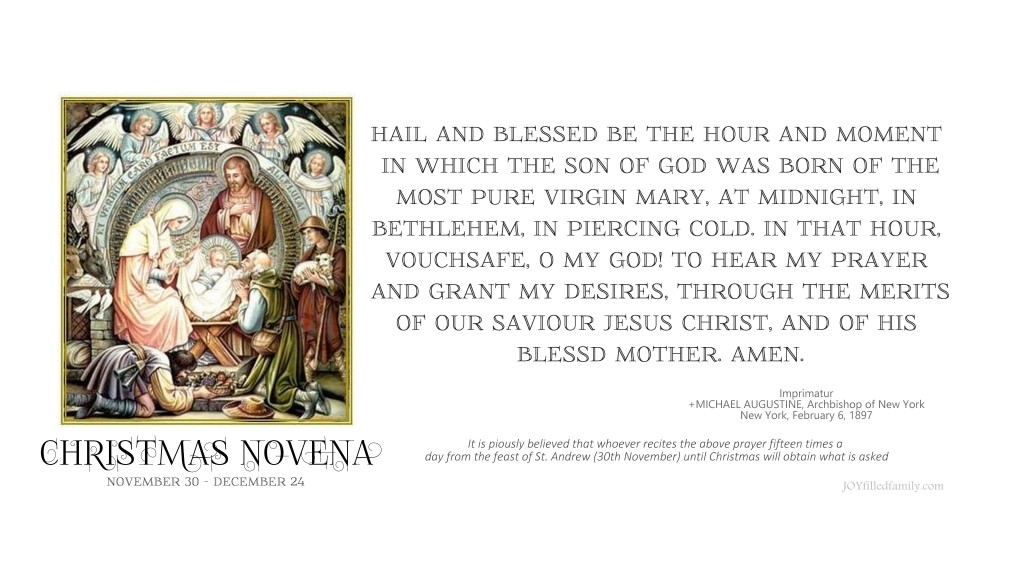 This image can be used as a FaceBook cover photo or a blog header.
This image can be used as a FaceBook cover photo or a blog header.
This image can be used as a FaceBook cover photo or a blog header.
This image can be used as a FaceBook cover photo or a blog header.
I also have an updated (11.2019) formatted a page of printable holy cards for the Christmas Novena They can be used alone or used when making a Christmas Novena Chaplet.
